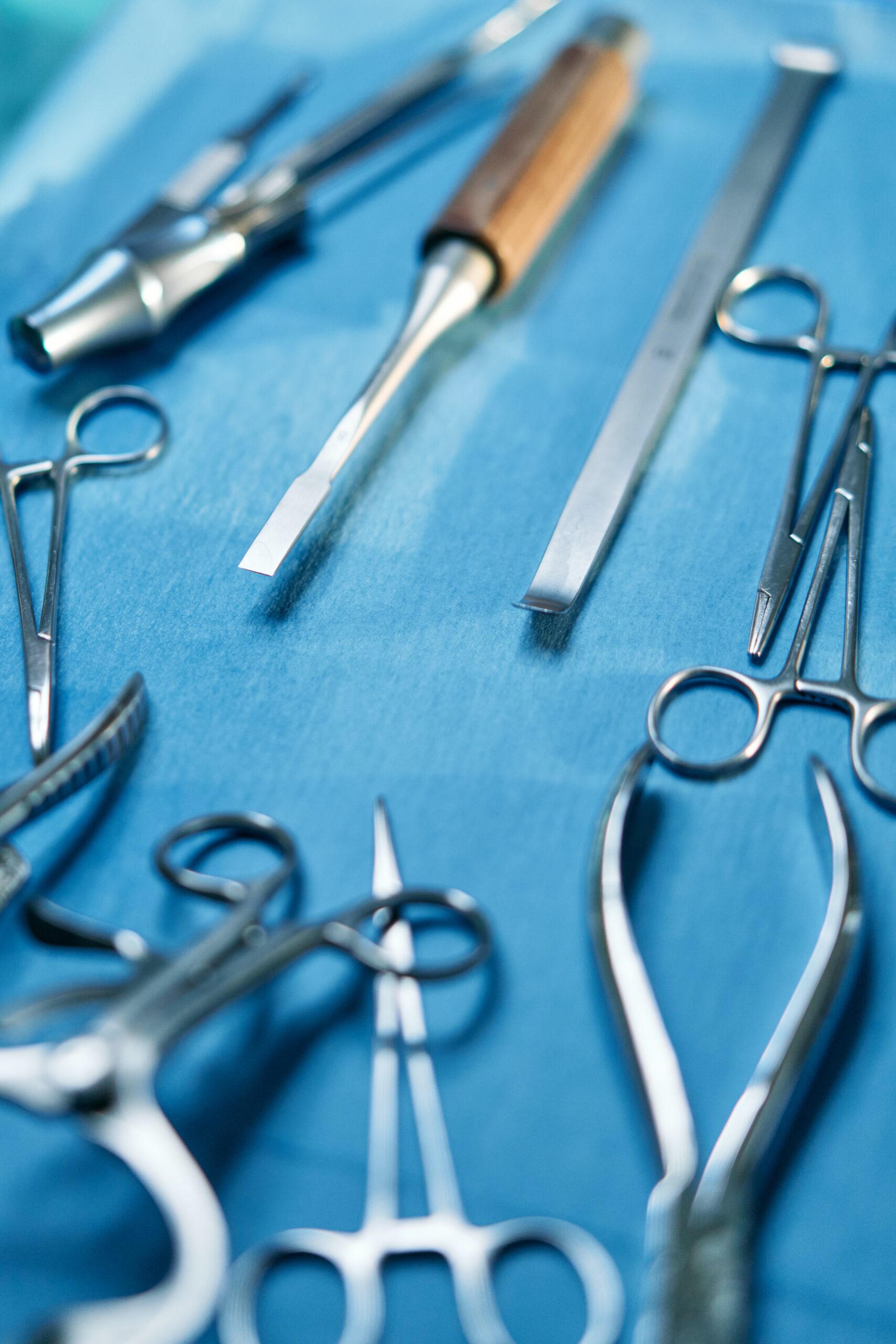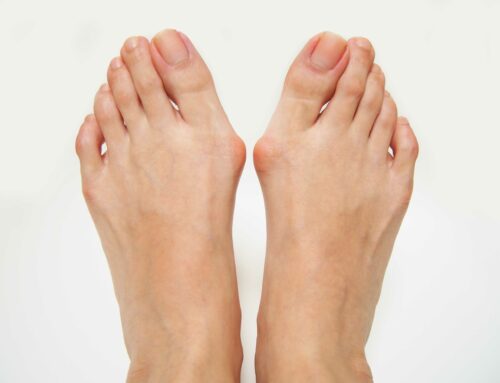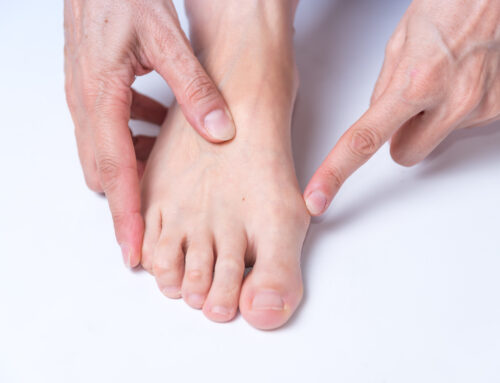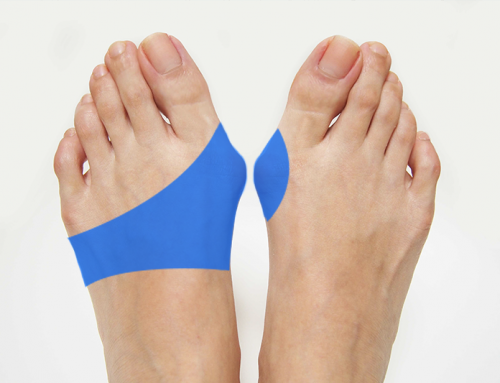Bunion Removal Surgery Options
People often say that bunion removal surgery is one of the most painful surgeries. It is the reason so many people delay fixing their bunions up until the pain is hardly bearable, or until it leaves them with one (or none) pair of shoes that feels comfortable. However, this doesn’t have to be the case. With minimally invasive bunion surgery, you can skip all the unpleasant side effects of bunion removal.
People that come to Northwest Surgery Center fall into one of the following categories:
- They’ve had problems with bunions for a long time, and they want them fixed right away.
- They think they have bunions developing and they want to know what to do and when is the perfect time to fix it.
- They have had unsuccessful traditional bunion removal surgery.
How Is Minimally Invasive Bunion Surgery Different Than Traditional Surgery?
Traditional Bunion Surgery
They perform traditional bunion surgery using general anesthesia. Which means they put you to sleep with drugs. During the surgery, they make a long cut either on top or the side of the first toe. Then, they cut the bone, and the toe gets realigned.
After the realignment, they insert screws, plates, and/or wires to keep the new alignment in place. They sew layers of skin back and wrap the foot in a bandage. Patients usually need to stay off their feet for two weeks, sometimes for several months. Also, patients will need to have physical therapy.
Minimally Invasive Bunion Surgery
We perform minimally invasive bunion surgery. The anesthesia we use at Northwest Surgery Center is similar to the anesthesia you get at your dentist – it relaxes you, you feel no pain. But, we will not put you to sleep. We only use three small cuts to fix most bunions.
We do not open or expose your foot. Also, we do not use hardware. The doctor wraps up your foot in a soft cast and uses gauze to cover your foot. A comfortable, lightweight boot enables you to walk right out of the operating room. You can move around and you will not need crutches. Most patients do not have pain.
When is a Good Time to Have Minimally Invasive Bunion Removal Surgery
You should not wait too long to have your bunion fixed. This is what Dr. Brant McCartan says about the best time to correct a bunion:
- When the bunion hurts, or before it hurts
- Before it gets bad or “too bad.” That’s before you have you avoid people seeing you barefoot and before you wear accommodating shoes or avoiding physical activity because of the pain
- Before it affects your other toes.
Recovery Time
The most remarkable difference between traditional bunion removal surgeries and minimally invasive bunion surgery is the recovery time. After minimally invasive surgery, you can walk right out of the operating room with little to no pain. There are no general anesthesia side effects; there is no lying in bed for up to three months. You can walk into the surgery center with a bunion, and walk right out of it bunion-free and almost pain-free, just two hours later.
Contact us for an appointment and free consultation for bunion removal in Jefferson County, MO. If you need your bunion problem fixed as soon as possible, we can make it happen. Sometimes, it is possible to have the procedure right after the free consultation.
Free Consultation. Same Day Surgery.
Book Your Appointment now or call 720-758-6760 to talk with a Northwest Surgery Center team member.
Common Questions About Bunion Surgery
Why is minimally invasive surgery a better option compared to others?
Minimally invasive surgery causes less harm because there is only minor disruption of the soft tissue. This process ensures a quick recovery. The patient can walk immediately following the surgery and get back to their normal lives quickly. Certain minimally invasive foot surgery causes minimal pain. The entire outpatient procedure lasts about 90 minutes, from your arrival to the time you walk out of your surgery and drive yourself home. Compare bunion surgery types here.
What are some of the the advantages of minimally invasive surgery?
Quick outpatient surgical procedure – about 90 minutes including pre- and post-op.
Almost pain free, walk out of surgery and drive yourself home.
Minimal or no time off work.
Quick recovery time, measured in weeks, not months.
A small cut is applied rather than large incision.
Smaller incision results in fewer side effects including less bleeding, less pain, less scarring, reduced intake of narcotics, less complications which reduce the risk of infection and avoid little injury on the muscles, nerves and tissues.
Is this a new type of surgery?
Minimally invasive surgery isn’t a new type of surgery, It has been over two decades since the first founders started the development of this technique. With increasing development, the pioneers discovered a way to fix bunions, heel spurs and hammer toes with minimal pain and recovery time. Find out more about the types of bunion surgery here.
LinkedIn Profile Link: https://www.linkedin.com/in/jordan-sullivan-501a09141
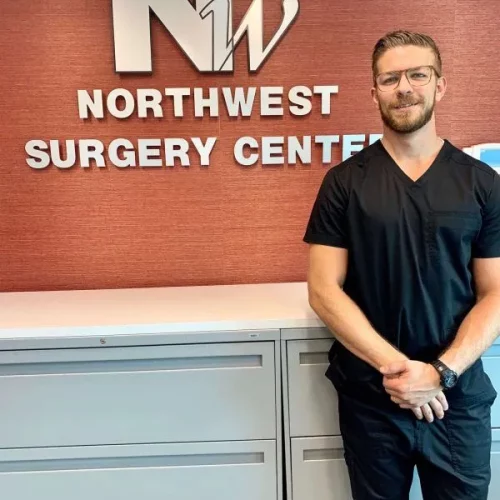
Reviewed By Dr. Sullivan
Dr. Jordan Sullivan, DPM, is a board-certified podiatrist at Northwest Surgery Center specializing in minimally invasive foot and ankle procedures. He’s passionate about helping patients get back on their feet faster with less downtime.
Learn more about Dr. Sullivan here.
